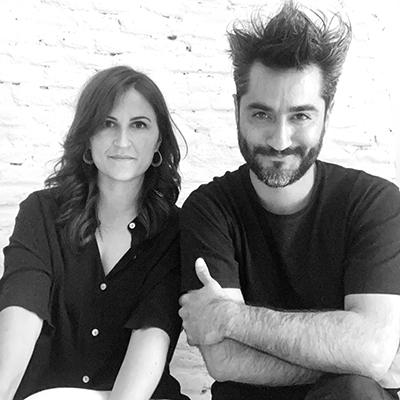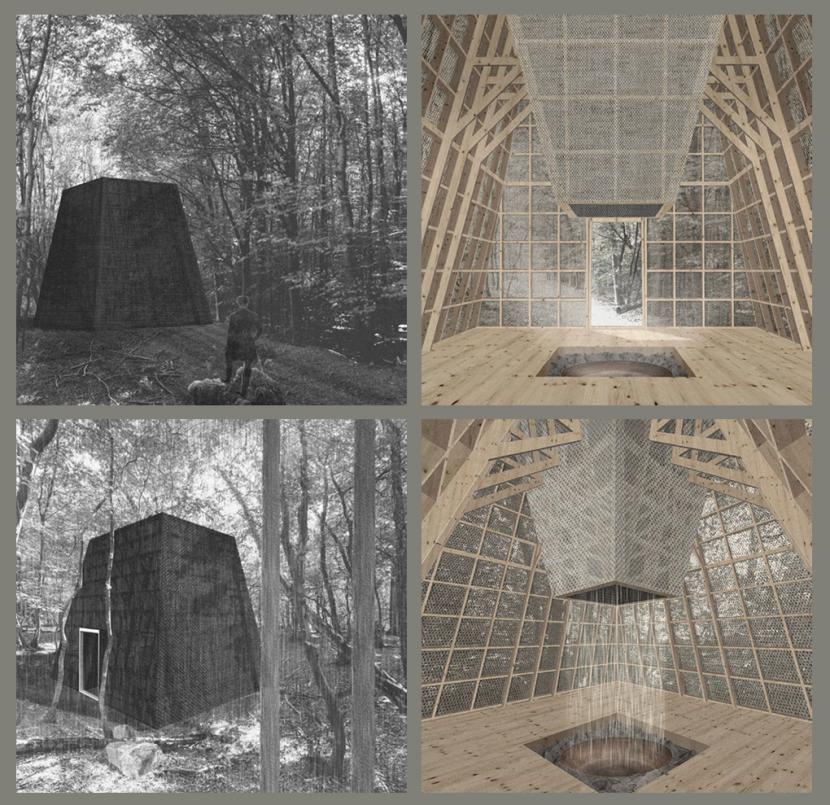
P + S Estudio de Arquitectura was founded in Madrid in 2019 by architects Francisco Parada (Santiago, Chile, PhD (c) ETSAM-UPM,) and Laura R. Salvador (Madrid, Master in Urban Studies ETSAM-UPM). Their work focuses on research into the processes of indeterminacy, spontaneous appropriation and uncertainty, and their application to the practice of architecture and urban planning at different scales.
The studio thus proposes to materialize this research by integrating the variable of time as a project strategy and the possibility of appropriation of architectural space by the user, opening the way to chance, flexibility and the transformation of uses.
In addition, the study's point of view engages a deep concern for detail, the physical understanding of material, the cultural and vernacular character of place, and the whole complex dynamic of social behavior in urban and architectural space.
P + S has taken part in several international competitions, winning the prize at the TAC! 2022 urban architecture festival and thesecond prize at Concéntrico 06 in 2020.
Their work has been published in various national and international specialist media, such as Arquitectura Viva (Spain), Casa Viva (Spain), Domus (Italy), Àvivre (France), Interiors Korea (Korea) and IW (China), as well as on specialist platforms such as Archdaily, Metalocus, Divisare, Tectónica, Diariodesign, Room Diseño, Arquine and Veredes, among others.
Finally, their work has also been exhibited at various conferences and exhibitions at institutions such as COAR (2020), COAM (2022), ETSAG (2022) and COAG (2022).

LOCAL BIOSOURCED ARTWORK
Compluvium is an allegory of water. Its geometry, while appearing to be in contrast with the natural environment, allows it to blend into the landscape through the subtle use of linen skins and fibreglass. These materials, when exposed to light, will transform the work's appearance and eventually make it disappear at the end of the day. The inner atmospheric experience is designed to make us aware of the presence of water in the forest, sublimating the very essence of this element once inside the space.
More concretely, Compluvium is a geometric operation that articulates a central void based on a virtual cube of 5 x 5 x 5 metres. The inward-sloping roofs allow water to collect in the centre of the pavilion, as in a Roman atrium.
The pavilion is made of three materials: wood, for the structure that gives body to this aquatic shelter; fibreglass, which acts like a protective membrane, letting in light but providing a watertight sheath that resists the passage of time; and finally linen, from the local Tissage du Ronchay (Luneray) factory, which will form the outer and inner skins of the pavilion in different ways.
